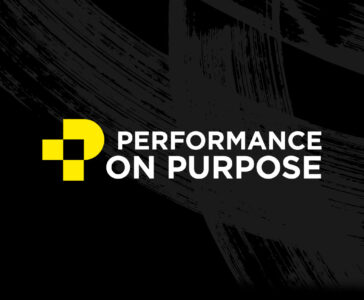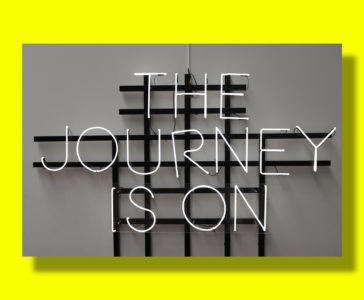Welcome to the second deep dive in the series, “5 Ways to Become a Strategy Superstar.” Today we are exploring the importance of establishing a clear intention for your strategy.
“Edison’s electric light did not come about from the continuous improvement of the candle…”
– Oren Harari
VS.
“Without continual growth and progress, such words as improvement, achievement, and success have no meaning.”
– Benjamin Franklin
The two quotes above illustrate the different mindset of improving what exists and creating what has never existed. One isn’t better than the other. Rather, one way of thinking will be more relevant than the other depending on circumstances and desired results. However, if you are not clear about the intention of your organizational strategy, it will be impossible to design one that delivers the specific results you are looking for.
Intention: Creating a new reality
This approach to strategy is pertinent when current conditions have become intolerable; there are mounting threats, key clients or employees are leaving, and the financial performance is below expectations. It is also appropriate if the current state is stable, but you and your leadership team feel there is latent potential and are not sure how to access it.
The mindset appropriate for this approach is future-centric and creative in nature. You want people involved who are biased toward change and willing to apply new ideas with no existing evidence they will succeed, but sense they might. You want a team willing to try something that’s never been done and learn from the experience. If you hire a consultant, you need one who can hold the space for imagining a different future and help you articulate what that future could be.
Intention: Improving a current reality
In contrast, this approach to strategy is relevant when you are reasonably satisfied with the present status of your organization; there are no major threats, clients and employees are happy, and finances are doing well. Improving the current reality will generate incremental progress.
Your team will need an execution mindset that is biased toward the past and scientific in nature. You want people involved who prefer to leave things the way they are unless there is evidence enough to justify a change. If you hire consultants to help with this kind of strategy, your best bet will be those that focus on existing business models, evidence-based practices, and industry benchmarks, and have data to support their recommendations.
Mixing it up
In reality, it is rarely as black and white as these descriptions. Most likely, a strategy that improves some things and re-invents others is appropriate. Use these distinctions as you build the team necessary to generate a strategic design that will deliver the outcomes your organization needs.
To see this distinction in action, and to see how powerful it can be when you bring different mindsets together, take a look at this experimental workshop we conducted for just this purpose.
Beware of anyone selling a ‘proven’ methodology for breakthrough innovation.
Most strategic consultants, traditional methodologies, and tools are based on a continuous improvement approach. Consequently, companies who try to use these kinds of resources to create a new reality, fail. Always. You need the right tool for the job, as they say.
Advising on and determining the right tools for your strategy goes beyond what is possible in a blog post and would benefit from a conversation. If any of these ideas raise your eyebrows, reach out to me – I welcome the opportunity to share what I have experienced over 20 years of guiding businesses to new futures.
Want more from Fathom?
Sign up to receive updates about our articles.



